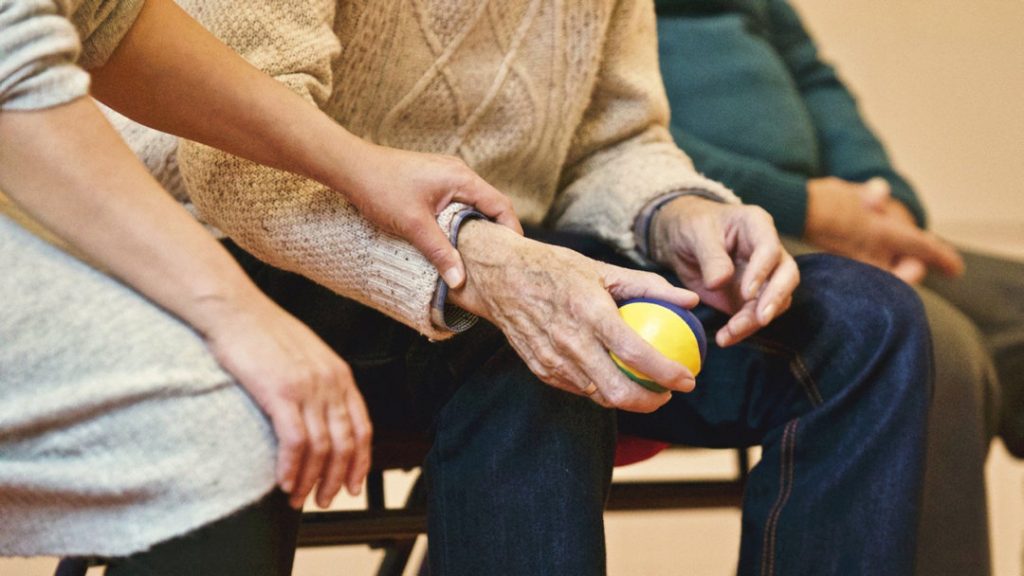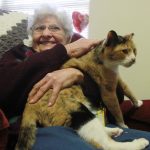BY KIMBERLY STOKES, ALLIED SERVICES
Humans are social creatures. We flourish and find happiness in social connection and community. Yet as we age, we may find our social world shrinking. Retirement, lack of mobility, and the passing of family and friends can all contribute to a loss of social connection. This lack of connection to our community and to our loved ones, family and friends can have a very real impact on seniors, causing their physical and mental health to suffer, even to the extent of increasing risk of premature death.
Social isolation in seniors has been connected to depression, cognitive decline, increased risk of falls and related health concerns, poor diet, high blood pressure, physical inactivity and arthritis. In a report released this year on social isolation in seniors, the National Academies of Sciences, Engineering and Medicine noted a link between social isolation and an increased risk of premature death, a 50% increased risk of dementia, higher rates of depression, anxiety and suicide, and increased risk of heart disease and stroke.
For seniors already suffering the effects of social isolation, the pandemic has only compounded the issue. The Centers for Disease Control and Prevention identified those with underlying medical conditions and seniors as being especially at risk for severe illness from COVID-19. Until an effective vaccine is available, reducing exposure to the virus is one of the best methods of reducing risk of illness for seniors. So how, as family members, neighbors and friends, can we help seniors at risk of social isolation during the pandemic?
Expand their world: Engaging with the outside world can help seniors to feel connected. This might mean bringing a local paper or church bulletin next time you visit or gifting a subscription to their favorite magazine.
Facilitate connections: FaceTime, Skype, Zoom and other video technologies can bring family members and friends closer together and even allow seniors to participate in religious services and support groups without a risk of exposure to the virus. Your support in setting up and learning how to use communication devices like these could be all that’s needed to bring hours of joy and social interaction. AARP, SeniorNet and similar nonprofits can help you to identify senior-friendly technology and resources.
Encourage creative activities: Is now really the time to dig up old photos and create a shadow box? Maybe! Engaging in a creative activity can stimulate the mind, and if you do this project together, it can be a wonderful way to stir up happy memories and give you both something positive to talk about.
Lend an ear: We are all going through an uncertain time. Lend an ear and give them an opportunity to express how they’re feeling. Fear, anxiety and anger are all natural, and knowing we’re not alone can help to make these feelings more manageable.
Connect them to services: You can’t be there all the time. Your loved one may be eligible to receive help with everyday activities such as bathing, grooming and meal preparation. Although the primary purpose of in-home care is to help with the practical aspects of living safely and independently in your own home, the regular visits from direct-care workers can provide a much-needed source of companionship. Your local Area Agency on Aging can help you determine what services your loved one qualifies for.
Encourage continued medical management: As COVID- 19 restrictions continue, it’s important that seniors continue to follow up with their medical providers. By making sure seniors are able to access their providers, either in person or via telemedicine, changes in health and the effects of isolation on health — both physical and emotional — can be addressed in a timely manner. Seniors may also qualify for home health services such as blood work, vital sign and health status monitoring, medication management/assistance and education for illness prevention.
KIMBERLY STOKES, M.S., L.P.C., is director of counseling at Allied Services Heinz Rehab Hospital in Wilkes-Barre.




